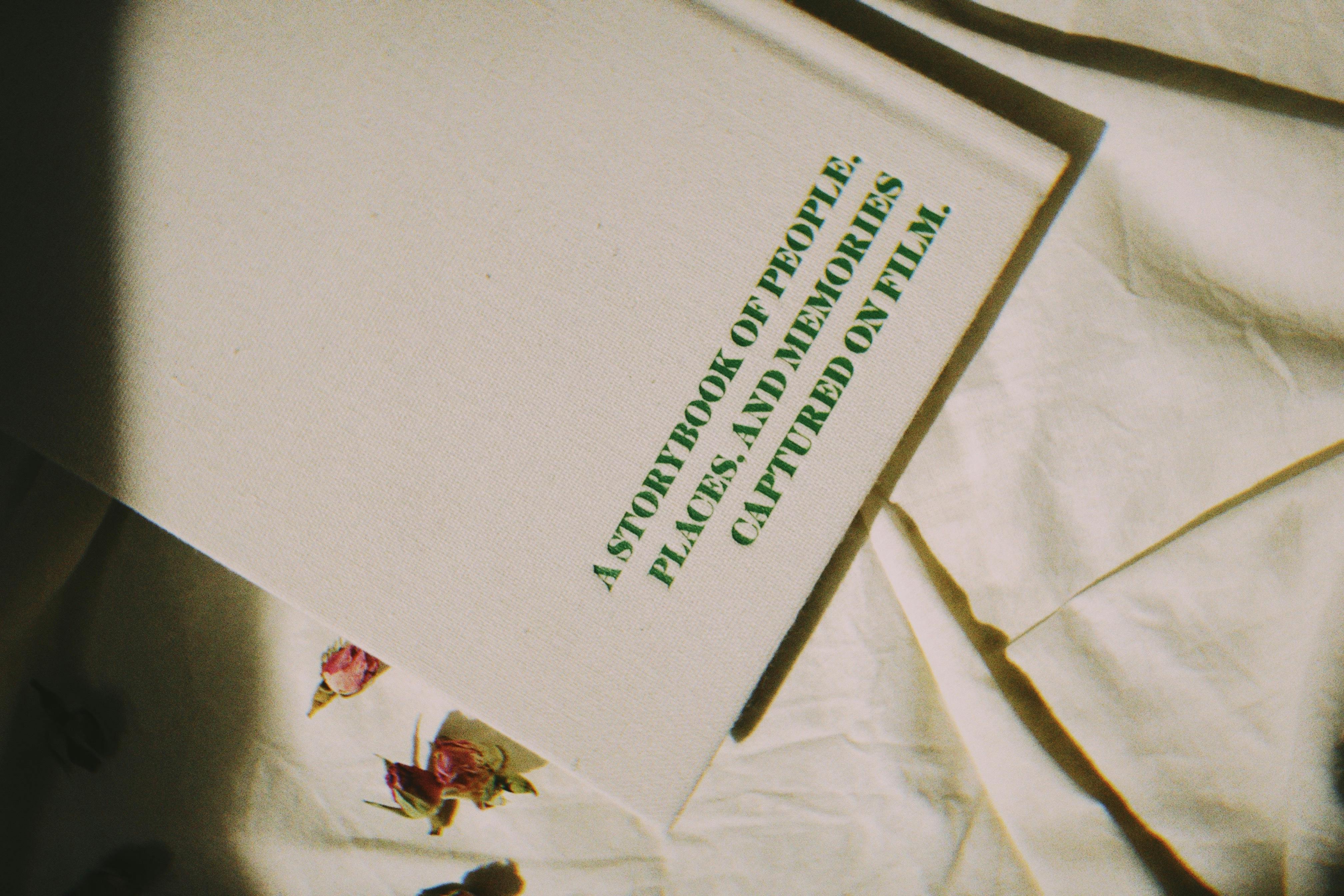Distilling flowers is an ancient practice that has been used for centuries to create a variety of aromatic and flavorful products. It is a simple process that involves extracting the flavor and aroma compounds in flowers through a distillation process. Distilling flowers can be used to make essential oils, hydrosols, and other products. In this article, we will discuss the basics of how to distill flowers and the various ways you can use the resulting products.To distill essential oils from flowers, you will need a still. Start by selecting your flowers and removing any stems, leaves or other debris. Place the petals in a heat-safe container and cover with water. Place the container over heat and allow it to boil for several hours. As the steam rises, it will be collected in the condenser of the still and will then travel through a cold water line where it will cool and condense into oil. The oil can then be collected from the condenser of the still.
Which Flowers Can be Used To Distill Essential Oils?
Many flowers can be used to distill essential oils, including lavender, rose, geranium, jasmine, chamomile, and ylang-ylang. These flowers are popular for their fragrant aromas and therapeutic properties. In addition to being used in perfumes and incense, these essential oils can also be used for aromatherapy.
To extract the essential oil from a flower, a process of steam distillation is used. In this process, the flowers are placed in a still with water and heated until the volatile oils are released from the plant material. The steam carries the essential oil away from the plant material and into an condenser where it is collected as a liquid.
Once collected, the essential oil can then be used in various ways including adding it to massage oil or diluting it with other carrier oils for use in aromatherapy or diffusers. The scent of these essential oils can help to relax the mind and body while providing emotional support and promoting well-being.
Selecting The Right Equipment For Distilling Essential Oils
Distilling essential oils is an important part of many essential oil production processes. In order to produce high quality essential oils, the right equipment must be selected. Essential oil distillation requires a variety of specialized pieces of equipment, such as stills, condensers, and distillation flasks. Each piece of equipment must be chosen carefully to ensure the best results.
When selecting a still for essential oil distillation, it is important to choose one that is capable of producing high quality oils without sacrificing safety or efficiency. Stills come in a variety of sizes and shapes, making it easy to find one that meets the needs of any particular application. It is also important to consider the type of fuel used for heating the still. Different fuels produce different levels of heat, and this can affect the quality and yield of the oils produced.
The condenser used in essential oil distillation plays an important role in capturing and cooling the vapors produced during distillation. Condensers come in many different designs, but all share the same basic function – they allow vapor from the still to cool before entering collection vessels or
Preparing the Flowers for Distillation
Distilling essential oils from flowers is a delicate process that requires careful preparation of the flowers prior to distillation. The flowers must be in peak condition and free of any foreign matter or debris. If not properly prepared, the resulting oil may be impure or even unusable. To ensure that the best quality oil is produced, it is important to follow these steps when preparing the flowers for distillation.
The first step in preparing the flowers for distillation is to carefully inspect each flower for signs of damage or decay. Remove any damaged petals or stems, and discard any wilted or discolored blooms. Once all damaged material has been removed, shake out any excess dirt or debris from the flowers.
Next, rinse the flowers with cool water to remove any residual dirt or other foreign matter. Allow the flowers to dry completely before proceeding with preparation for distillation. Use a soft brush to gently remove any remaining debris from the petals and stems before transferring them to a container suitable for distillation.
Finally, it is important to crush or grind the dried flower pet
Setting Up The Still For Distillation
Distilling alcohol is a complex process, but it doesn’t have to be difficult. There are several steps involved in setting up the still for distillation, but with the right equipment and a bit of knowledge, you can easily create your own distilled spirit. Before you begin, however, there are a few things to consider such as the type of still you will use and the materials needed for setup.
The first step in setting up your still is to select the type of still that best suits your needs. There are several different types of stills available and each one has its own advantages and disadvantages. Some common types include pot stills, reflux stills, column stills, and hybrid stills. Each type has its own unique characteristics and is better suited for certain distilling tasks than others. Make sure to research each type thoroughly before making a decision on which one to use.
Once you have chosen the type of still you will use, the next step is to assemble it according to the manufacturer’s instructions. Depending on the model, this may involve attaching hoses or

Collecting Essential Oils
Essential oils are collected from plants, herbs, and flowers using a process called steam distillation. This is done by heating the plant material in water and then separating the oil from the water. The result is a concentrated liquid that contains the essential oils of the plant. The essential oil can then be bottled and stored for future use.
Storing Essential Oils
Essential oils should be stored in a cool, dry place away from direct sunlight. The best way to store essential oils is in dark glass bottles with tight-fitting lids. This helps to protect the oil from oxidation, which can cause it to lose its potency and effectiveness. Essential oils should also be stored away from heat sources such as radiators or stoves, as this can cause them to evaporate quickly.
It’s important to note that some essential oils are more sensitive than others and need special care when storing them. It’s best to consult with an aromatherapy expert or a knowledgeable retailer before storing your essential oils. Additionally, you should
Safety Considerations When Distilling Essential Oils
Distilling essential oils can be a great way to make your own natural products, but it is important to consider safety precautions when doing so. First, make sure to wear protective equipment such as gloves and safety glasses when handling the oils and equipment. Additionally, be sure to read all labels and instructions on essential oil distillation kits carefully and follow them accordingly. It is also important to ensure that the distillation equipment is properly constructed, as improper construction can lead to spills or other dangerous conditions. Furthermore, store all essential oils in tightly sealed containers away from heat or flame sources in order to minimize the chance of an explosion or fire. Lastly, never leave your distillation kit unattended while running as there is a risk of an accident occurring if the equipment is left running for longer than necessary.
By following these safety considerations when distilling essential oils, you can ensure that your experience will be safe and enjoyable while having peace of mind that you are taking the necessary precautions to prevent any accidents or injuries from occurring.
Troubleshooting Common Issues While Distilling Essential Oils
Distilling essential oils can be a tricky process, and even experienced distillers can encounter issues while trying to create the perfect blend. Fortunately, there are some common problems that can be easily identified and fixed. Here are some tips for troubleshooting common issues while distilling essential oils:
1. Low Yields
Low yields can be caused by a variety of factors, such as inadequate temperatures or too much water in the mix. Make sure you’re using the correct temperature for your specific blend and that you’re not using too much water. It’s also important to avoid over-running the distillation process, as this can lead to lower yields.
2. Poor Quality Oils
Poor quality oils can result from improper storage or not allowing enough time for the essential oil to steep in the still before it is distilled. Make sure you store your essential oils in airtight containers away from heat and light, and only start the distillation process

Conclusion
Distilling flowers is an effective way to create essential oils and hydrosols with a strong scent. It is important to be aware of safety procedures and the necessary equipment such as a still, bottles, and a heat source. Distillation generally involves boiling or steaming the flowers in water to release their scents in the form of essential oils. The oils are then collected in a condenser where they can be stored for future use. Hydrosols can also be produced by collecting the steam that is produced during the distillation process. It is important to note that although hydrosols are milder than essential oils, they still contain some of the beneficial components found in essential oils and can be used for various purposes such as aromatherapy, skin care, and even cooking.
Overall, distilling flowers is an enjoyable process that produces high-quality essential oils and hydrosols with therapeutic properties. With careful preparation and attention to safety measures, anyone can enjoy creating their own floral scents.

